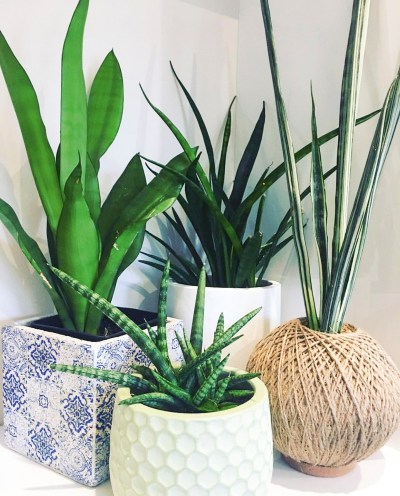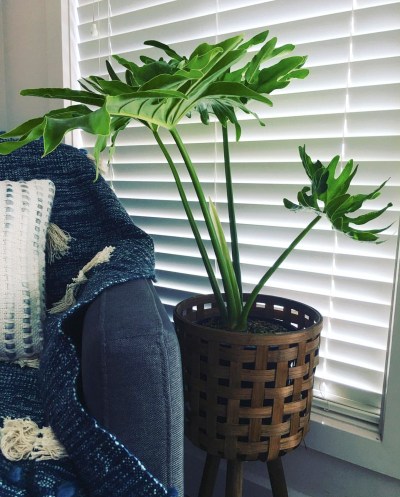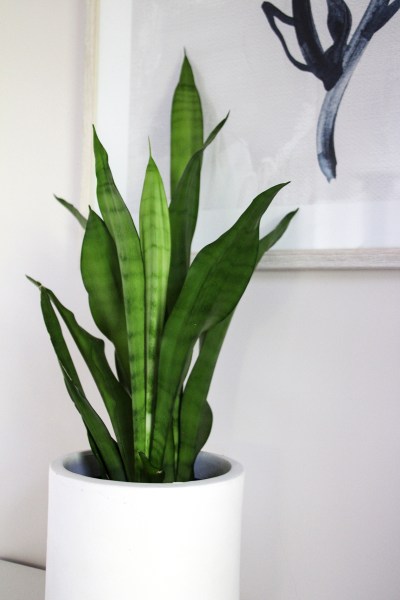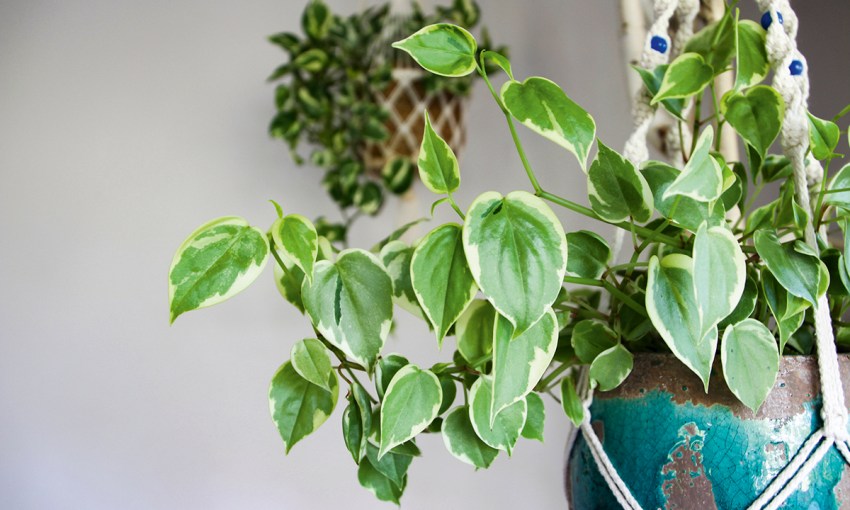Decorating with indoor plants has both aesthetic and environmental benefits, but how do you know which plant will work best in which area of your home?
Indoor plants: Nature’s air purifiers

Not only do indoor plants create focal points and soften the corners of our rooms, plants help clean the air. In fact, many plants have the ability to remove VOCs (Volatile Organic Compounds) from their surroundings. Some plants do it better than others and many of our favourite indoor plants do it very well, such as the humble rubber tree, philodendrons and raphis palm.
VOCs are chemical compounds that enter the air from everyday natural and man-made products and most can be harmful to human health and the environment. General everyday items such as paint, fabrics, plastics and cleaning products all give off VOCs.
The health benefits of incorporating plants into your home or office are also well documented. By adding plants into a space you will help create a more peaceful, tranquil environment, but it will also be a place that’s interesting and inspiring. Plants create a calming effect and help reduce noise and stress levels.
Not all plants will be happy in all environments in your home, however picking the right indoor plant for the right spot is easy if you understand the basic care techniques. It’s also good to remember that there is no such thing as an “indoor plant”. What we are expecting plants to do is really quite unnatural, so you need to keep this in mind when choosing plants to feature inside.
What will work where?
Living and dining room
Strelitzia nicolai or giant bird of paradise — make a statement with something large that screams tropical
Euphorbia trigona — bold upright structure, with low water needs
Raphis excelsa or lady palm — an easy care palm with seemingly few pest and disease problems
Kitchen
Sansevieria or mother in law’s tongue — needs watering only six to eight times a year
Peperomia species — small and compact, with super-interesting foliage
Cacti — great for the window ledge
Bathroom
Devil’s ivy
Pothos — perfect for hanging baskets
Syngonium — beautiful leaf colours and patterns
Begonias — bold foliage
Bedrooms
Monstera — large foliage, perfect for a corner
Philodendron selloum — leafy and lush
Pilea Peperomioides — small and compact perfect for the bedside table
Low light areas
Sansevieria or mother in law’s tongue — fills a corner beautifully
Aspidistra — leafy and upright
Spathiphyllum or peace lily — lush and full with striking white flowers
Hanging baskets in every room
Pothos “Snow Queen” — sharp colours, dense foliage
Peperomia scandens — long and lush, a real statement
Heart leaf philodendron — easy care
Monstera adansonii — interesting wow-factor foliage
Best outdoor on the patio
Although we would love to have them inside, there are just some plants that really perform better outside. Ficus benjamina, ferns, succulents, strings of pearls and most palms need very high levels of bright indirect light, some even needing direct sun, making the pergola or patio a much better option for these plants.

Tips for success
Do not place your plants in a spot that will receive direct sunlight through the window onto the foliage or they will burn.
After choosing your indoor plant, leave it in the plastic pot. Sit this inside a display basket or cover pot. This allows you to remove it easily for watering.
Touch and feel your plant regularly, look at it closely and learn to know how it looks when well-watered and healthy. Getting to know your plant means you will know more quickly if something is not quite right with it and you can remedy the problem.

How to water
Soaking overnight or for several hours during the day is by far the best method to use. Always run some water through the top of the pot to start with to ensure all soil is wet. Soak in a bucket, tub, laundry trough or bath, anything that will hold several inches of water.
Allowing your plants to soak overnight ensures that the plant has taken up all the water it needs, the potting media is properly rehydrated and the plant has had time to use and store the water. By watering like this your plant will be thoroughly saturated and can go much longer before needing another drink. Remember to always water your plant to saturation, it’s the frequency that changes to avoid overwatering.
This story first appeared in the Autumn 2019 issue of SALIFE Gardens & Outdoor Living magazine.



